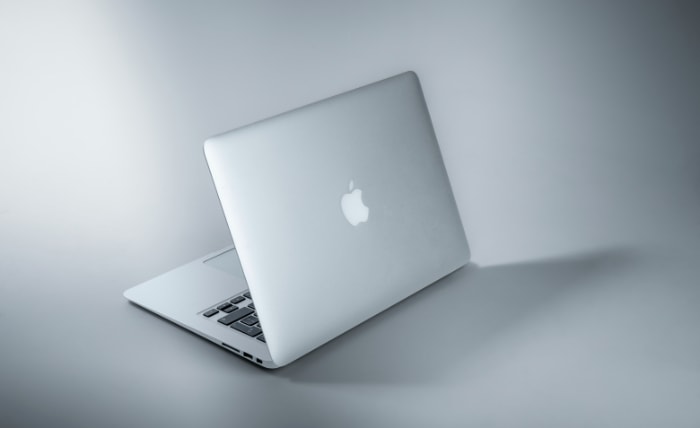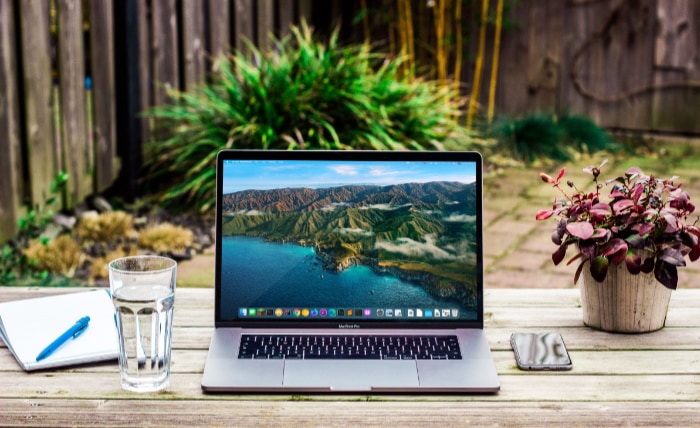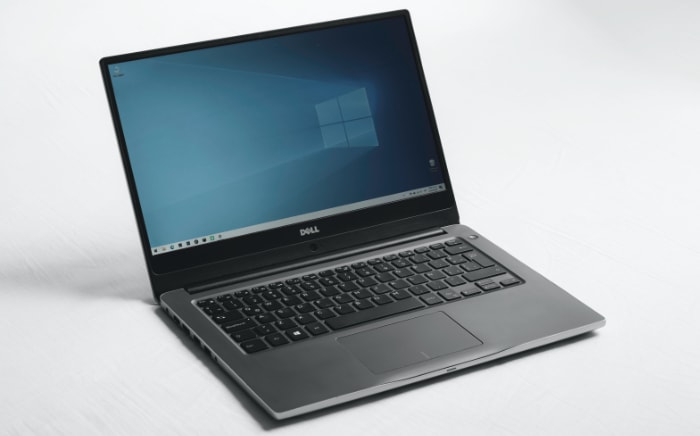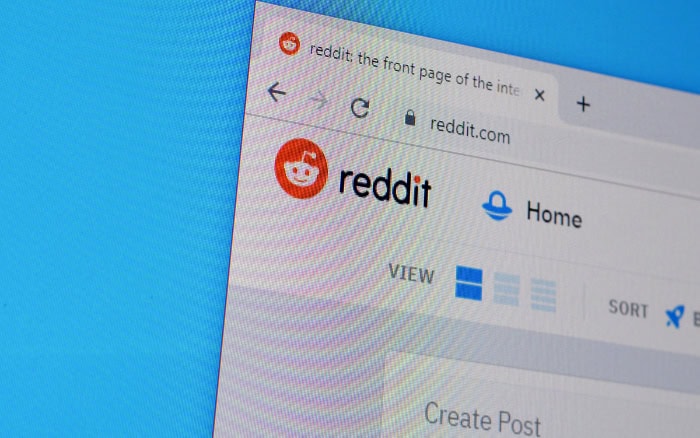Why Are Laptops So Expensive? Understanding the High Cost

Laptops have become an essential tool for work, education, entertainment, and more. They offer a unique combination of performance and portability that other devices can’t quite match. Yet, one aspect of laptops often raises eyebrows – their cost.
Many consumers wonder why laptops are so expensive, especially when compared to seemingly similar technologies such as desktop computers or tablets. Understanding the cost of laptops is important for several reasons.
Firstly, it can help consumers make more informed purchasing decisions and potentially save money. Secondly, it can provide insights into the complex world of technology and electronics manufacturing. Finally, it can reveal the true value that laptops offer in terms of power, convenience, and design.
The Evolution of Laptops: The Journey from Portability to Performance
The story of laptops begins in the late 20th century, when technology innovators strived to create a computer that combined power and portability. The first truly portable computer, the Osborne 1, debuted in 1981.
It weighed a hefty 24.5 pounds and was roughly the size of a sewing machine, but it was a revolution in personal computing. Following this, many models came and went, each trying to strike a better balance between size, weight, and functionality.
The first laptop in the modern sense was the Grid Compass, designed in 1982, which incorporated a folding screen that closed onto the keyboard. The Toshiba T1100, released in 1985, was among the first successful laptops using the now-familiar clamshell design.
Advancements in Technology and Impact on Pricing
Over the years, technological advancements have transformed laptops from niche, luxury items to essential tools for modern life. In the 1990s, improvements in microprocessor technology and battery life, along with the advent of the graphical user interface (GUI), made laptops more user-friendly and powerful.
The turn of the millennium saw laptops becoming thinner, lighter, and more affordable, yet more powerful than ever. Innovations in storage, such as the transition from HDD to SSD, offered much faster performance. Developments in screen technology led to sharper, more vibrant displays.
However, these technological leaps did not always lead to cheaper laptops. High-end models continued to incorporate the latest technology, from ever-more powerful processors to high-resolution screens, driving up their prices.
At the same time, mass production and market competition helped establish a range of more affordable options for budget-conscious consumers.
Factors that Determine the Cost of a Laptop

The price tag on a laptop isn’t a random figure; it’s a calculated number based on various factors. From hardware components and software to branding and design considerations, each aspect plays a significant role in the overall cost. Let’s break these down to better understand why laptops can be so expensive.
Processor
At the heart of every laptop lies the processor, or the Central Processing Unit (CPU). It’s the brain of the computer, handling all of the computations and tasks. High-end processors, like Intel’s Core i7 or AMD’s Ryzen 7, provide fast performance but also add to the cost of the laptop.
RAM
Random Access Memory (RAM) is another critical component influencing laptop prices. It serves as the workspace for the CPU to process data, and more RAM allows for smoother multitasking and faster loading times. Laptops with higher RAM, say 16GB or 32GB, will typically cost more than those with 8GB or less.
Storage (SSD vs. HDD)
Storage technology is another important cost factor. Solid State Drives (SSDs) are faster, more reliable, and use less power than traditional Hard Disk Drives (HDDs), but they also cost more. As such, laptops with large SSDs will usually be pricier than those with HDDs.
Graphics Card
A laptop’s Graphics Processing Unit (GPU), or graphics card, is responsible for rendering images, animations, and videos. Laptops with high-end GPUs, like those from NVIDIA’s GeForce RTX series, are essential for gaming, graphic design, and video editing, but they significantly increase the laptop’s price.
Screen Technology and Resolution
The screen is one of the most visible components of a laptop. High-resolution screens, like 4K displays, provide stunning visuals but are costly. Additionally, newer technologies like OLED also add to the price.
Battery Life
Long battery life is a crucial feature for portability. High-quality, long-lasting batteries increase the cost, as does advanced power management technology.
Operating System Costs
While some operating systems like Linux are free, others like Microsoft’s Windows or Apple’s macOS may include licensing fees, which can add to the cost of a laptop.
Pre-installed Software and Licenses
Software applications pre-installed on the laptop, such as Microsoft Office or antivirus programs, can also increase the price due to licensing costs.
Premium Brands vs. Budget Brands
Some brands, like Apple, position themselves as premium vendors, and their products often carry a higher price tag. On the other hand, brands that aim for budget-conscious consumers offer more affordable options.
Marketing and Advertising Costs
These are often overlooked, but they play a part in the cost of a laptop. Brands spend a significant amount on marketing and advertising their products, which is factored into the final price.
Material Cost (Aluminum, Carbon Fiber etc.)
The materials used in the laptop’s construction have a significant impact on cost. For example, aluminum or carbon fiber bodies cost more than plastic ones but offer better durability and a premium feel.
Innovative Designs Like Convertible Laptops
Innovative designs, such as convertibles or 2-in-1 laptops that can also function as tablets, require extra engineering and components, adding to the price.
Research and Development (R&D)
Companies invest heavily in R&D to innovate and stay competitive. The cost of developing new technologies, designing new models, and testing for quality and reliability is substantial and is reflected in the final product’s price.
Future-Proofing Products
To ensure that a laptop stays relevant for a few years, manufacturers incorporate technology that may not be fully utilized right now. This future-proofing can add to the cost but provides a degree of future compatibility.
As we can see, numerous factors contribute to the cost of a laptop. While some of these factors are easy to quantify, others, such as branding and design, are more subjective and dependent on individual perception and preference.
Comparing Laptop Costs: High-End vs. Budget

Not all laptops are created equal, and their prices reflect this disparity. From high-end, premium models to more affordable budget options, the spectrum of laptop pricing is wide.
High-End Laptops: A Closer Look at Premium Pricing
High-end laptops, often referred to as premium laptops, come with a price tag that reflects their superior performance, exceptional build quality, and advanced features. They are equipped with the latest and most powerful processors, large amounts of RAM, substantial SSD storage, and high-resolution displays.
Notable examples include the Apple MacBook Pro, Dell XPS series, and HP Spectre series. These laptops cater to power users who need high performance for tasks like video editing, 3D modeling, and professional-grade gaming. They often feature a sleek, compact design with durable and high-quality materials like aluminum or carbon fiber.
These premium laptops also include the cost of R&D for new technologies and designs, licensing costs for software, and the brand value associated with these renowned manufacturers. Thus, while they are expensive, they provide value to users who need their advanced features and capabilities.
Budget Laptops: Understanding the Trade-Offs
On the other end of the spectrum, budget laptops are designed to be more affordable, catering to everyday users or students. They often use less powerful processors, have smaller amounts of RAM, and might use HDDs instead of SSDs for storage. They also tend to have lower-resolution screens and fewer advanced features.
Examples of budget laptops include models from the Acer Aspire series, Lenovo IdeaPad series, and HP Pavilion series. While these laptops can handle everyday tasks like web browsing, word processing, and video streaming, they might struggle with more demanding tasks like high-resolution video editing or modern, resource-intensive games.
Budget laptops also often have more plastic components to reduce costs, which might affect their durability and aesthetic appeal. They may come with fewer pre-installed software and less customer support, reflecting the manufacturer’s cost-saving measures.
While budget laptops may lack the high-end specifications of their premium counterparts, they provide excellent value for users with less demanding computing needs. By understanding your requirements, you can choose a laptop that offers the best balance of cost and performance for your needs.
The Impact of Global Supply Chain on Laptop Pricing
Laptop prices aren’t determined in isolation. They’re part of a larger global ecosystem, intricately linked with the world’s economic and geopolitical dynamics.
How Global Events Impact Laptop Prices
The cost of a laptop isn’t just dictated by the components inside it or the brand name stamped on it. Global events, such as pandemics, trade wars, or natural disasters, can have a significant impact on the prices of laptops.
For instance, during the COVID-19 pandemic, supply chains were disrupted across the world. Many factories had to halt or reduce their production due to lockdowns and safety concerns, leading to a shortage of various components. This shortage drove up prices for parts, leading to increased costs for the final products, including laptops.
Similarly, trade disputes or tariffs can affect the cost of components. If a country imposes tariffs on goods from another country, manufacturers may need to pay more for parts, and this increased cost can be passed on to the consumer.
The Role of Raw Material Availability and Cost
The cost and availability of raw materials also play a role in determining laptop prices. Metals like gold, copper, and rare earth elements are used in various components, from the motherboard to the display. If the cost of these raw materials rises, or if there’s a shortage, the cost of manufacturing laptops will increase.
Additionally, ethical and environmental concerns around the sourcing of these materials can also affect costs. For instance, manufacturers may choose to source their materials from suppliers that mine metals responsibly, even though they might be more expensive.
Are Expensive Laptops Worth It?
With the high prices of some laptops, it’s natural to question whether these devices are worth their cost.
Understanding the Value-for-Money Aspect of High-End Laptops
Purchasing a high-end laptop can seem like a daunting investment. However, whether an expensive laptop is worth its price largely depends on the user’s specific needs and expectations.
High-end laptops offer superior performance, featuring top-of-the-line processors, ample RAM, large and fast SSD storage, and exceptional display quality. They can handle demanding tasks with ease, making them suitable for professionals involved in graphic design, video editing, 3D modeling, and other resource-intensive work.
For such users, the high cost can be justified by the productivity gains and professional requirements.
Moreover, premium laptops usually offer better build quality, often featuring robust materials like aluminum or carbon fiber. They may also offer superior design aesthetics, portability, and brand prestige – factors that some users might consider worth paying for.
Deciding When It’s Worth Spending More
However, if your computing needs are more basic, such as browsing the internet, using office applications, or streaming media, a budget or mid-range laptop might serve you just as well at a fraction of the cost.
While more affordable laptops may not have the latest, fastest components, they can still perform everyday tasks efficiently. They may not have the sleek design or premium feel of their high-end counterparts, but they are typically lighter on the wallet.
Tips for Buying a Laptop on a Budget

Despite the high costs of some laptops, it’s possible to find a device that suits your needs without draining your wallet. Buying a laptop on a budget requires understanding your needs, being strategic about your choices, and knowing where to look.
Understand Your Needs
The first step in buying a laptop on a budget is to understand your specific needs. Are you using it primarily for browsing and emails? Or are you planning on using resource-heavy applications for tasks such as video editing or gaming?
Knowing what you need the laptop for will help guide your decision on what components and features are necessary, and which ones you can compromise on.
Prioritize Key Features
Once you’ve determined your needs, prioritize key features that align with them. If you’re a student who needs a laptop for note-taking and research, prioritize a good keyboard and long battery life. If you’re a graphic designer, focus on a laptop with a powerful processor, ample RAM, and a high-quality display.
Opt for an Older Model
Another strategy to save money is to consider older models. When a new model of a laptop comes out, the previous generation often gets a price cut. These older models usually still offer solid performance and features, providing excellent value for their reduced price.
Look Out for Sales and Discounts
Keep an eye out for sales during major holidays, back-to-school season, and other occasions. Many retailers offer substantial discounts on laptops during these periods. Signing up for retailers’ newsletters and alerts can also help you stay informed about any upcoming sales or discounts.
Consider Refurbished Laptops
Refurbished laptops, which are used laptops that have been inspected and repaired to be sold again, can offer substantial savings. These laptops usually undergo rigorous testing to ensure they meet the manufacturer’s original standards. They can be a great way to get a high-quality laptop at a much lower price.
Avoid Unnecessary Extras
While add-ons like extended warranties, extra software, and accessories can be tempting, they can quickly inflate the cost of a laptop. Stick to what you need and resist the temptation to splurge on extras that you might not use.
Conclusion: Unraveling the Price of Portability
As we’ve explored throughout this blog, there are numerous factors contributing to the cost of a laptop. From the internal components and software to branding, design, and even global supply chain dynamics, these elements collectively determine the final price tag.
Moreover, the dichotomy between high-end and budget laptops demonstrates how manufacturers cater to a diverse spectrum of users. High-end laptops, with their superior performance and sleek designs, serve power users who require resource-intensive applications for professional or creative pursuits.
Meanwhile, budget laptops fulfill the needs of everyday users and students who need reliable machines for more routine tasks. Yet, the question of whether expensive laptops are worth their cost is subjective and dependent on individual needs and preferences.
High-end laptops can indeed offer value for users who need their advanced capabilities. At the same time, for users with less demanding needs, budget laptops can provide excellent value and competent performance.
The cost of laptops might seem baffling at first glance, but understanding these underlying factors can help consumers make informed decisions. Whether you’re considering a budget laptop or a high-end model, the key is to align your choice with your needs, preferences, and budget.
Laptops have indeed come a long way from being the luxury items they once were. As technology continues to evolve, we can expect laptops to become even more powerful, versatile, and perhaps more affordable, shaping the future of personal computing in intriguing ways.
Table of Contents
- The Evolution of Laptops: The Journey from Portability to Performance
- Factors that Determine the Cost of a Laptop
- Comparing Laptop Costs: High-End vs. Budget
- The Impact of Global Supply Chain on Laptop Pricing
- Are Expensive Laptops Worth It?
- Tips for Buying a Laptop on a Budget
- Conclusion: Unraveling the Price of Portability


